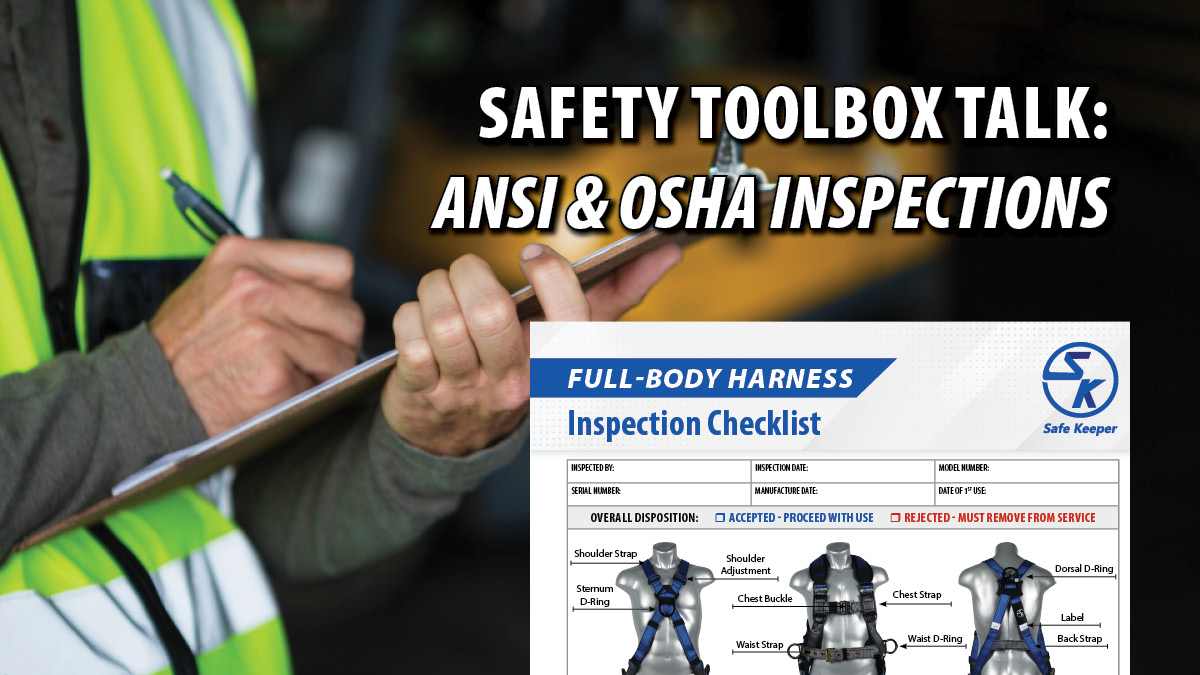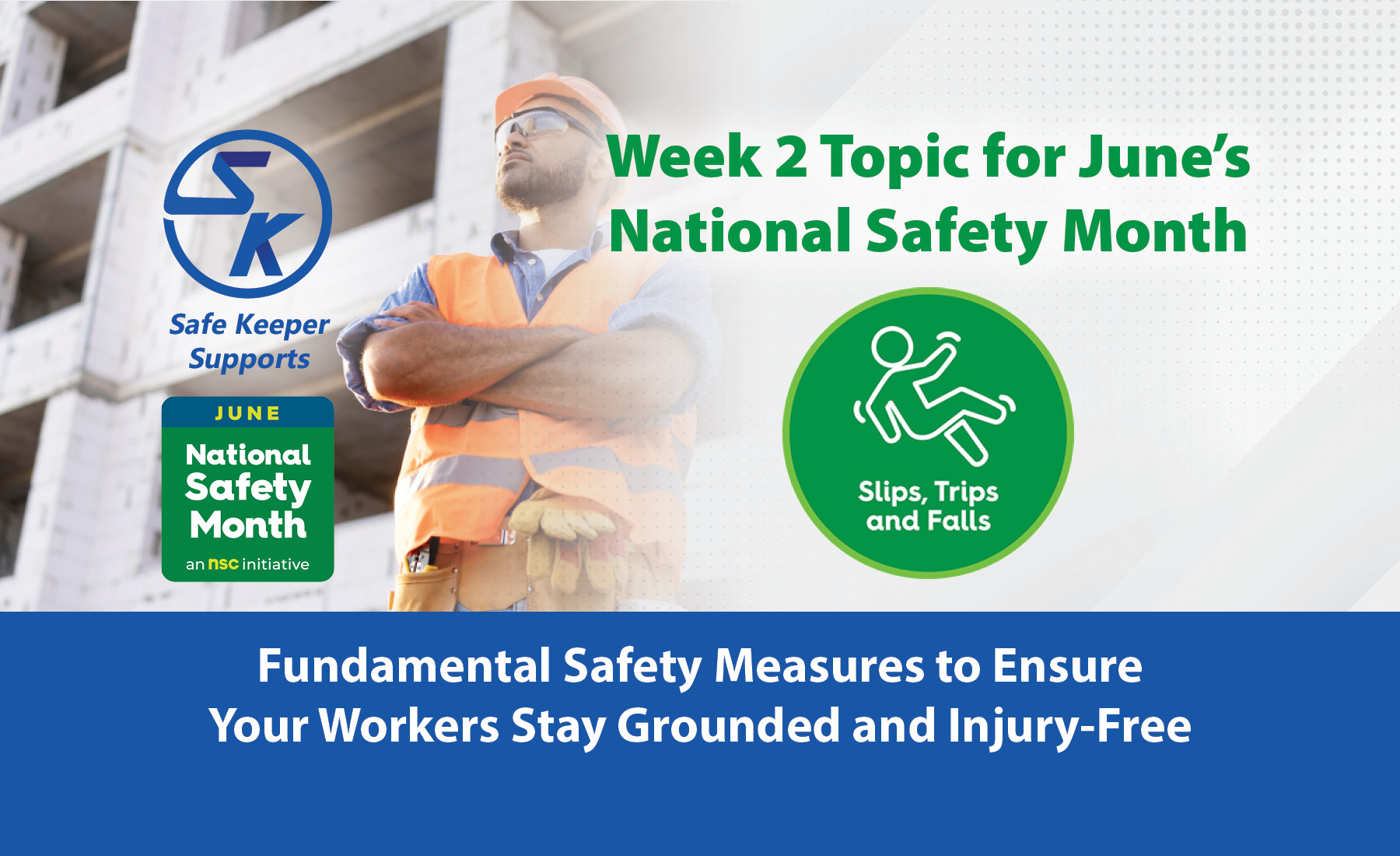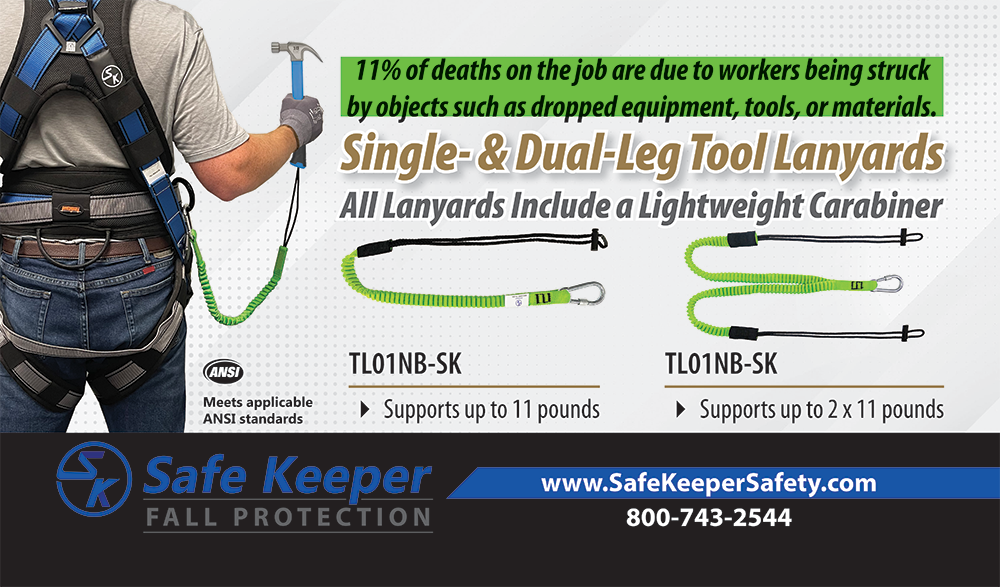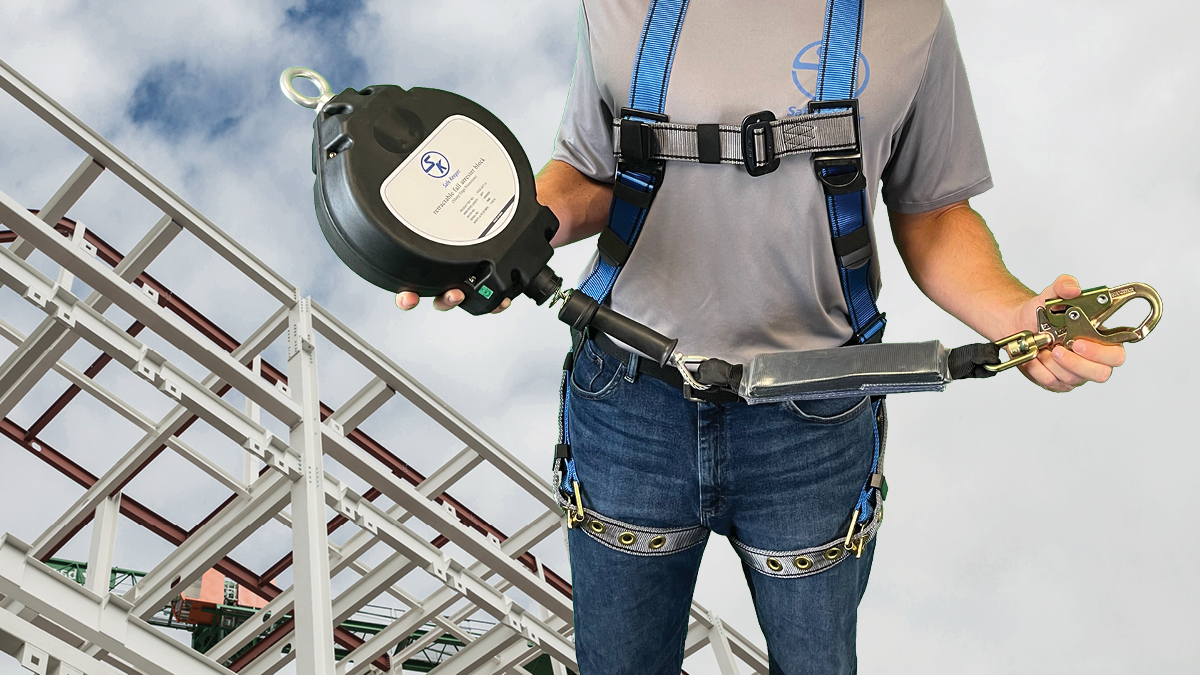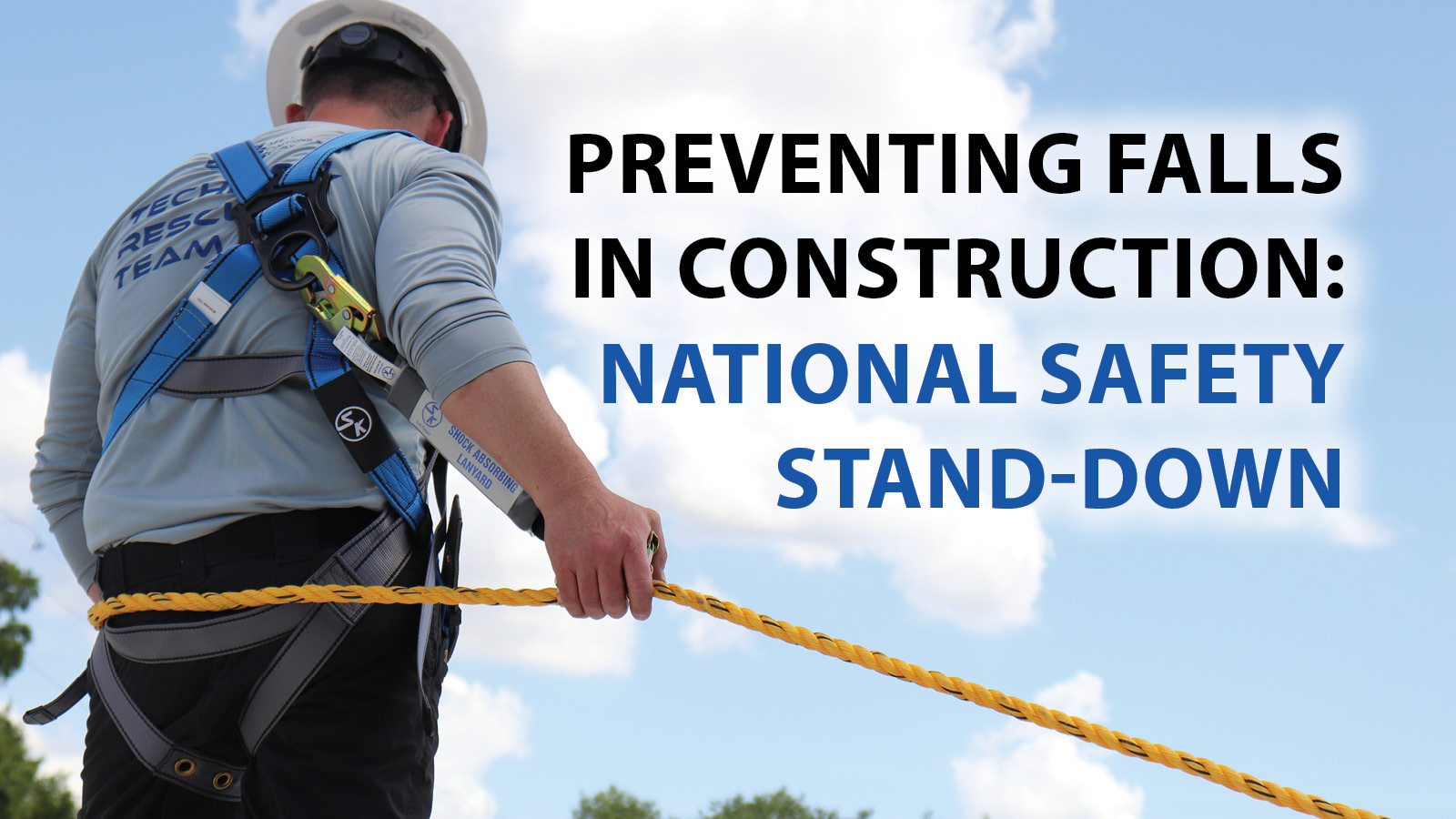Gain an understanding of the requirements necessary of OSHA and ANSI inspections for your fall protection equipment and how Safe Keeper can help you stay on top of them!
Both the Occupational Safety and Health Administration (OSHA) and the American National Standards Institute/American Society of Safety Professionals (ANSI/ASSP) have mandatory standards concerning the inspection of fall protection equipment in construction and other industry settings. While the requirements are similar, they are not the same. Explore the standards of each agency to keep employees safe:
ANSI & OSHA Inspection Requirements
ANSI/ASSP Z359.2-2007 American National Standards Section 5.5.2 requires an authorized person to inspect fall protection equipment at least once at the start of every eight-hour shift. Beyond that, a competent person or a competent rescuer must also audit it on “a regular basis not to exceed one year” (or more frequently as per the manufacturer’s instructions). Inspections should look for the following:
- Absence or illegibility of markings or tags
- Absence of any elements affecting the equipment form, fit, or function
- Evidence of defects in or damage to hardware elements including cracks, sharp edges, deformation, corrosion, chemical attack, excessive heating, alteration, or excessive wear
- Evidence of defects in, or damage to, straps or ropes (fraying, unspliced, playing, kinking, knotting, roping, broken or pulled stitches, soiling, abrasion, alteration, needed or excessive lubrication, excessive aging, or excessive wear)
- The alteration, absence of parts, or evidence of defects in, damage to, or improper function of, mechanical devices and connectors
- Any other condition that calls to question the suitability of the equipment for its intended purpose
OSHA’s Standards 29 CFR, Part 1910 Subpart F requires fall protection equipment to be inspected “before use.” Similarly, inspectors should look for the following:
- Any significant defect (tears, cuts, abrasions, mold, undue stretching)
- Alterations or additions which might affect its efficiency
- Damage due to deterioration
- Contact with fire, acids, or other corrosives
- Distorted hooks or faulty hook springs
- Tongues unfitted to the shoulder of buckles
- Loose or damaged mountings
- Non-functioning parts
- Wearing or internal deterioration in the ropes
For both agencies’ standards, remove fall protection equipment found with the above signs from service. Safe Keeper provides free inspection forms to assist companies in thoroughly checking fall protection equipment and keeping records of inspections. We also offer an array of quality fall protection equipment, from harnesses and anchorage systems to confined space entry equipment.
